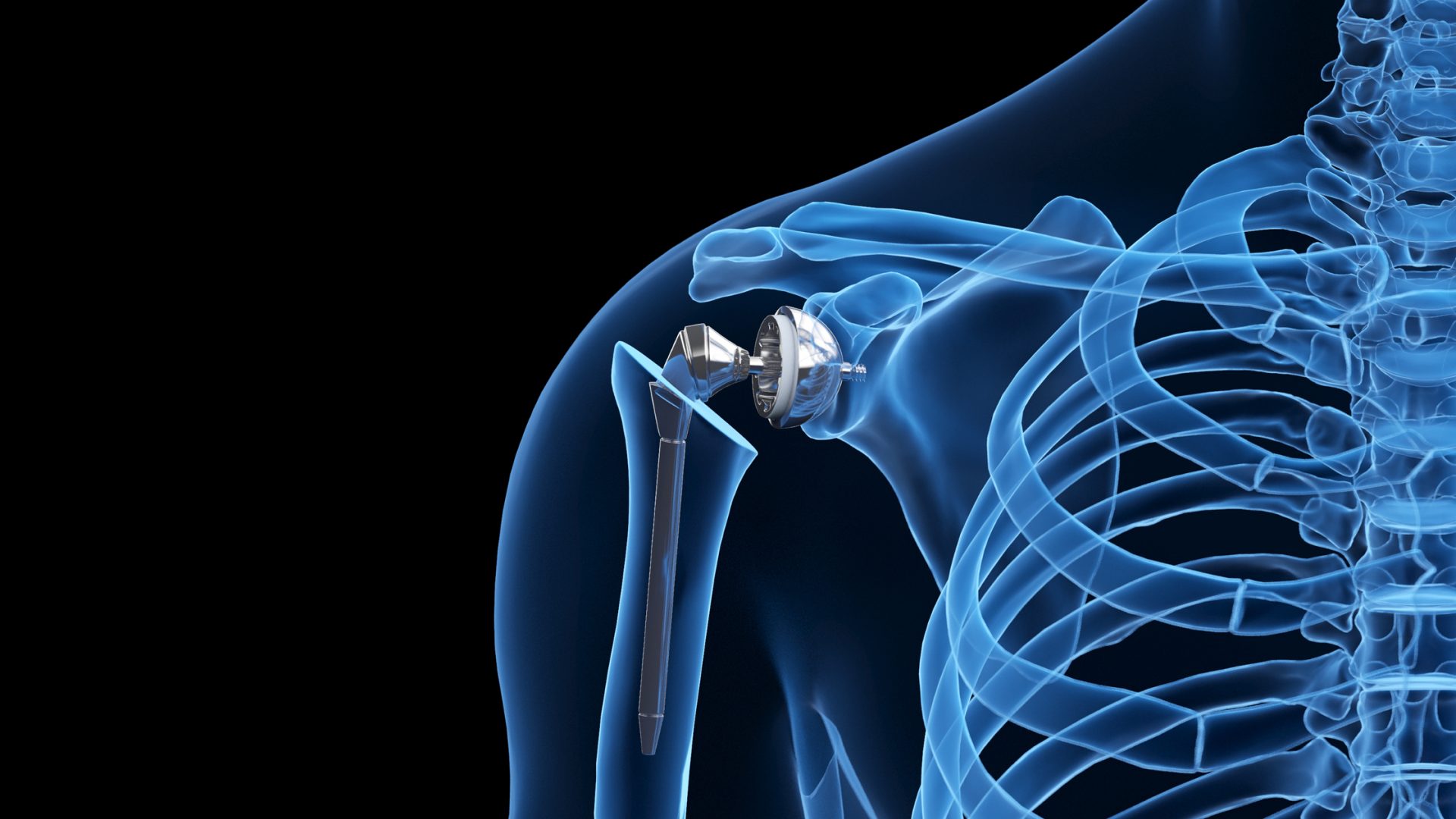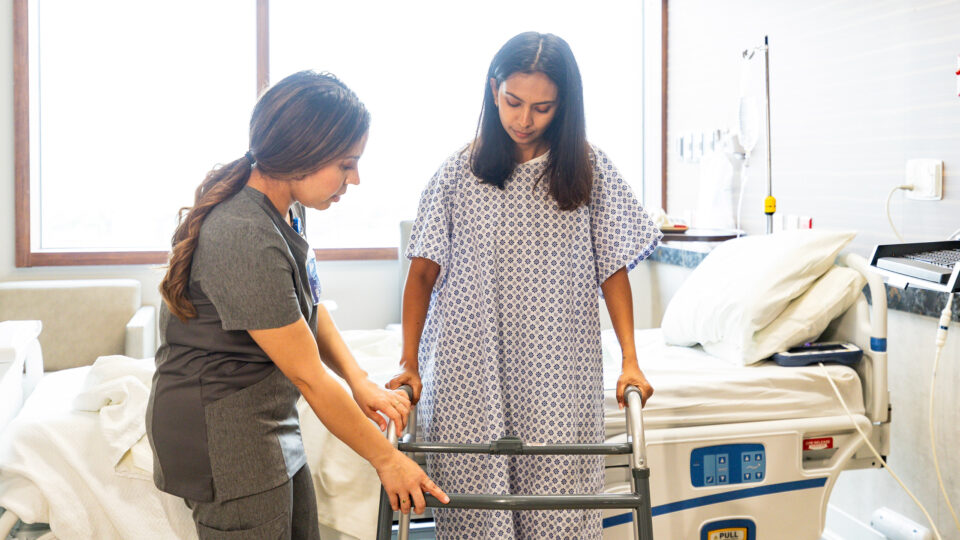The glenoid component is a weak link in total shoulder arthroplasty (TSA), and glenoid loosening is a common cause of failure. Computer-assisted navigation (CAN) can help surgeons precisely and accurately implant glenoid components and correct deformities. Although the method has surged in popularity, no studies had evaluated its intraoperative efficacy and safety during shoulder replacement until a retrospective review by NYU Langone Health researchers.
Their study assessed 16,723 TSA cases (anatomic and reverse) performed worldwide with CAN, finding the technology to be extremely user-friendly: in 98 percent of cases, surgeons completed every step of the navigation procedure without abandoning it intraoperatively.
“Computer-assisted navigation surgery is safe, reliable, and has a high efficacy with a quick learning curve.”
Mandeep S. Virk, MD
The analysis, published in the Journal of Shoulder and Elbow Surgery, also revealed that CAN is reliable and reproducible, with minimal deviation in intraoperative execution of the preoperative plan. The researchers reported a low complication rate in their series, with only nine fractures (0.05 percent) of the coracoid bone.
“The take-home message is that computer-assisted navigation surgery is safe, reliable, and has a high efficacy with a quick learning curve,” says lead author and orthopedic surgeon Mandeep S. Virk, MD, chief of the Division of Shoulder and Elbow Surgery.
“It’s a large database study including all TSAs performed with computer navigation up to the time of publication. The comprehensive design, I think, is the real hallmark of this study.”
Computer-Captured Measurements
Dr. Virk and colleagues have used the CAN system for TSAs since 2018. Prior to each surgery, surgeons plan out the procedure on a computer using the system’s software. The preoperative plan includes determining the size and alignment of the glenoid implant in the coronal (inclination) and axial (version) planes. The plan is then transferred to a computer station, which is used inside the operating room.
The navigation procedure involves use of multiple infrared trackers, which are placed on the surgical tools and on the patient’s shoulder; these trackers communicate with the computer station to generate a virtual 2D and 3D model of the patient’s shoulder on the computer screen. The surgeon uses real-time feedback from the computer station while performing surgery to implant the glenoid component with precision and accuracy, as determined preoperatively.
Interactive Guidance
The study showed minimal deviation in intraoperative execution of the preoperative plans with respect to version, inclination, and starting point on the glenoid face. Because the completion rate and deviation between preoperative and intraoperative execution are captured by the CAN system itself, Dr. Virk points out, the analysis is free of any potential bias from surgeon-reported data.
“The comprehensive design is the real hallmark of this study.”
Additionally, the low rate of fractures of the coracoid bone, where the navigation tracker is attached next to the glenoid, suggests that the procedure is safe.
“Having an interactive navigation tool allows me to make sure that what I have planned for a shoulder implant prior to surgery I can do with high accuracy using live feedback from a computer,” Dr. Virk says. “If I am doing shoulder replacement without any kind of feedback and relying purely on anatomic landmarks, that becomes very challenging in complex revision surgeries and in the presence of severe glenoid deformities.”
Disclosures
Dr. Virk is a paid consultant for Exactech.






